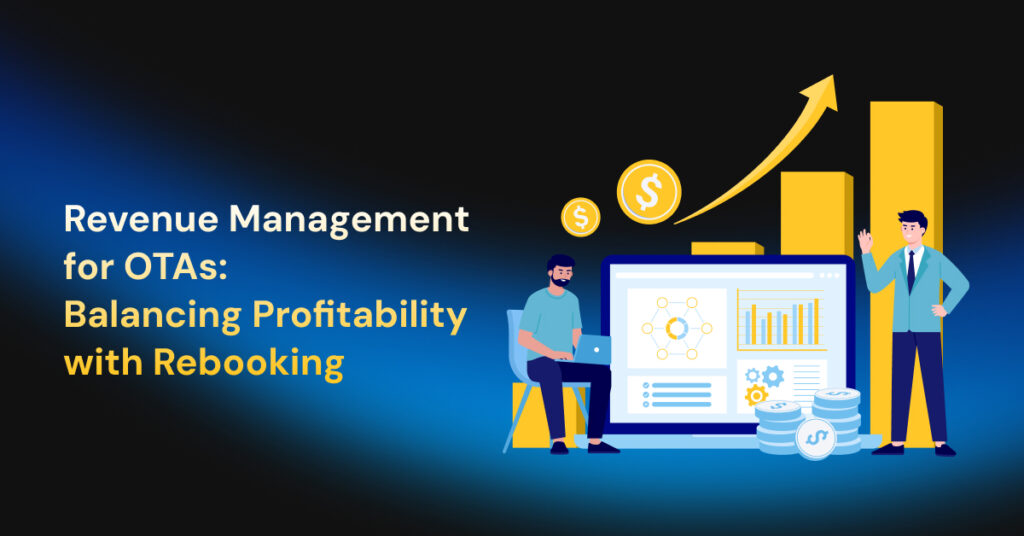For online travel agencies (OTAs) and online travel businesses (OTBs), revenue management has evolved far beyond playing price games and maximizing commission on bookings.
Most travel businesses know and acknowledge that the key level of profitability is ‘rebooking’ hotel rooms- an instance where the traveler sees no change, but the OTA/OTB secures a higher margin.
In this blog, we discuss how OTAs can use revenue management strategies including automated rebooking to improve margins, streamline operations, and create long-term growth.
We’ll break down what revenue management looks like in the B2B travel business, how profit optimization works through rebooking, and the tools that make it all possible.
What is Revenue Management in the OTA Context?
Revenue management is the strategic use of data, automation, and decision-making frameworks to optimize profitability per transaction. In the context of OTA, it refers to managing large volumes of hotel inventory sourced from multiple suppliers and wholesalers, while maximizing the margin on each booking.
OTAs operate in a complex ecosystem of supplier contracts, commissions, negotiated rates, and dynamic availability and that is why revenue management, typically involves:
- Choosing the right supplier source for each booking
- Continuously monitoring pricing across suppliers
- Automating rebooking to capitalize on price drops
- Mapping equivalent room types and cancellation policies
- Enhancing internal margins without affecting the end customer experience
To effectively manage this complexity, OTAs must adopt technologies and frameworks that help them adapt quickly to shifting prices, supplier availability, and booking volumes.
Now that we’ve unpacked the basics of revenue management in the OTA landscape, let’s explore why rebooking is a key strategy for maximizing profitability.
The Importance of Rebooking for Profitability
Once a booking is confirmed, the opportunity to improve margins doesn’t end!
Rebooking when used strategically allows OTAs to act on new, more favorable inventory opportunities that may arise after the initial reservation is made.
In the hotel distribution market, rebooking is a tactical method to maximize margins without changing the traveler’s booking. Once a hotel reservation is made via Supplier A, the system keeps checking for the same room across other connected suppliers. If Supplier B offers the same inventory at a lower rate or better terms, the original booking is canceled and replaced with the new one- provided the switch adheres to cancellation and refund policies. This backend strategy allows OTAs to:
- Increase profit margins per booking
- Offer more competitive pricing to travel agencies or partners
- Maintain healthy supplier relationships through optimal sourcing
- Reduce dependency on any single supplier
A McKinsey report on travel distribution noted that optimizing supply chain flexibility including supplier-switching mechanisms could improve net margins by 10-15% for large-scale OTAs.
With that in mind, let’s take a closer look at how the process of rebooking works within a modern OTA platform. Understanding its importance is one thing but how exactly does rebooking function within the OTA ecosystem? Let’s break down the mechanics behind it.
How Rebooking Works in an Online Hotel Booking Ecosystem
Here’s a simplified flow of how internal rebooking supports profit maximization:
Step 1: Initial Booking
Your booking engine makes a booking after checking rates and availability with your suppliers and the platform confirms the booking via Supplier A based on real-time availability and pricing.
Step 2: Continuous Monitoring
Your system continues to monitor room availability and prices for the same hotel from other suppliers (e.g., B, C, D) after the booking is confirmed.
Step 3: Identifying a Better Deal
Supplier B shows the same or a comparable room at a lower price or with more favorable terms (e.g., flexible cancellation).
Step 4: Automated or Manual Rebooking
If switching the supplier meets predefined business rules (e.g., profit thresholds, cancellation windows), the platform cancels the original reservation and rebooks with Supplier B.
Outcome: The traveler’s reservation remains unchanged. But the OTA increases profit on that transaction without any customer-facing change or even uses the margin advantage to offer competitive pricing.
Understanding the mechanics of rebooking is essential, but what truly drives success is a broader strategy supported by advanced systems and data-driven decision-making.
With a clearer picture of how rebooking operates, it’s time to dive into the practical side: what revenue management strategies can OTAs use to strike the perfect balance between rebooking and profitability? Let’s go through the key revenue management strategies that support this model.
5 Key Revenue Management Strategies for OTAs
1. Dynamic Supplier Sourcing- Rather than relying on a single supplier, successful OTAs aggregate hotel inventory from multiple wholesalers and partners. This diversified sourcing allows better price comparisons, improved availability, and reduced risk of dependency.
2. Automated Rebooking Engines- Automated systems can track existing bookings, scan alternate suppliers for price drops, and execute rebooking in milliseconds. This ensures that OTAs capture every possible opportunity to improve margin before check-in.
3. Room Mapping and Deduplication- A major challenge in rebooking is identifying whether the same room exists across suppliers, given varied naming conventions and inconsistent metadata. Room mapping technology standardizes inventory across sources to ensure accuracy in rebooking decisions.
4. Smart Cancellation Policy Matching- Before rebooking, platforms must verify that the new supplier’s cancellation terms match or exceed the original- protecting both margin and customer trust.
5. Workflow Automation- Revenue management isn’t scalable without automation. Smart workflows govern when rebookings are triggered, under what margin thresholds, how suppliers are ranked, and what fallback actions to take.
With these strategies in place, OTAs can develop a reliable, repeatable approach to increasing profits per booking. Of course, none of this would be possible without the right supporting technologies. Let’s look at the tools and technologies that empower OTAs to put these revenue management tactics into action efficiently.
Tools & Tech That Enable Smart Revenue Management
Modern B2B travel businesses rely on a sophisticated tech stack to operationalize revenue management:
Profit Maximization Tools: A profit maximization tool empowers OTAs to increase their backend profitability through advanced price optimization and automated rebooking.
The system continuously scans supplier inventories for better prices, maps equivalent rooms, validates cancellation terms, and executes rebookings all while generating detailed reports on profit margins and performance. With automated workflows and configurable rules, it enables OTAs to scale rebooking efforts efficiently.
Room Mapping Engines: These tools standardize room types across suppliers to eliminate duplicates and ensure consistency when evaluating rebooking options.
Rate Intelligence Tools: These track pricing trends across the competitive landscape and help OTAs set benchmarks for rebooking profitability.
Business Intelligence Dashboards: Custom dashboards visualize rebooking activity, margin gains, supplier performance, and loss aversion metrics to guide decision-making.
API-Based Supplier Integrations: Enabling real-time updates from multiple wholesalers ensures continuous optimization opportunities.
These tools form the foundation of any successful revenue management strategy and give OTAs the flexibility and insights needed to act fast. As their capabilities evolve, OTAs that invest early will gain an advantage over competitors.
Conclusion
In B2B travel distribution, revenue management is no longer a static pricing game. It’s a dynamic optimization challenge where every booking is a potential margin opportunity even after it’s confirmed.
Embracing internal rebooking as a core revenue strategy helps OTAs increase their profitability without compromising traveler experience. With the right tools and the right mindset, modern OTAs can build scalable, high margin booking systems that adapt in real time and secure their competitive edge in the travel value chain.
Ensure clean, reliable hotel data with seamless mapping solutions.







